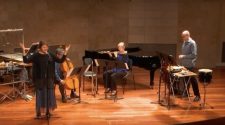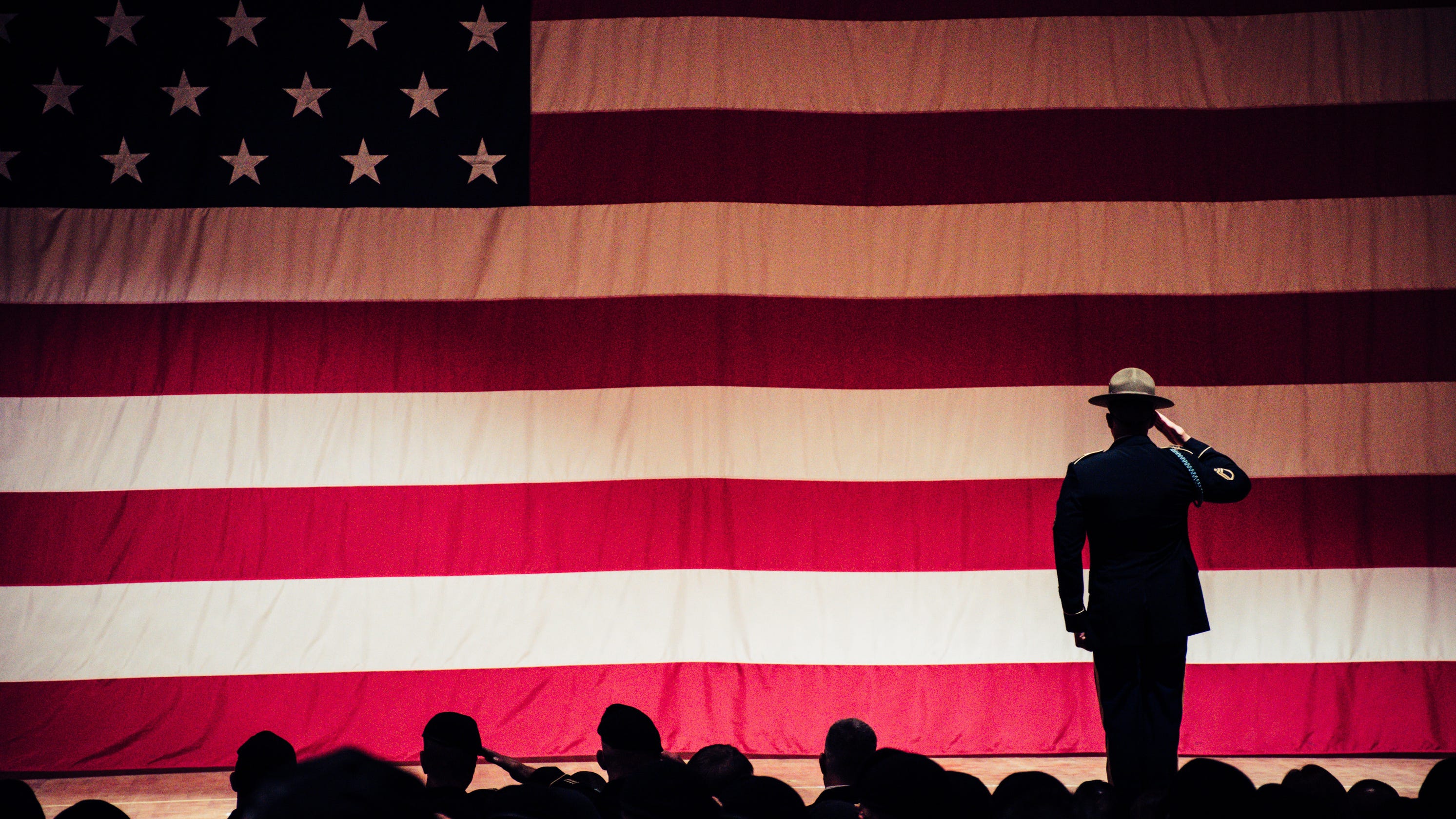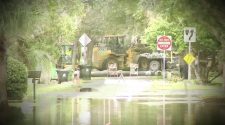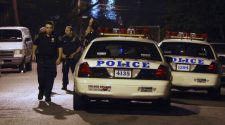Happy Veterans Day! Sending thanks and appreciation to all of our military veterans. Our thoughts and gratitude are with you today.
I’m Winston Gieseke, philanthropy and special sections editor for The Desert Sun in Palm Springs, bringing you the latest headlines in this great state of ours.
In California brings you top Golden State stories and commentary from across the USA TODAY Network and beyond. Get it free, straight to your inbox.
Will psychedelic drugs become legal in California next year?
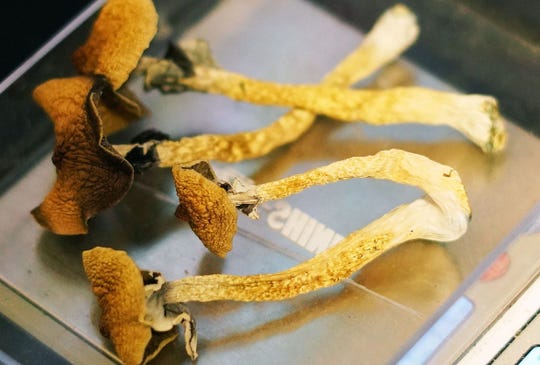
In addition to their hallucinogenic effects, Psilocybin mushrooms (also known as “magic mushrooms”) may play a role in the treatment of some mental health issues. (Photo: Trevor Hughes, USA TODAY NETWORK)
California lawmakers will consider next year whether to decriminalize psychedelic drugs.
On Tuesday, State Sen. Scott Wiener, D-San Francisco, revealed his plans to introduce a bill decriminalizing possession of hallucinogenic mushrooms and other psychedelics, the San Francisco Chronicle reported.
If this sounds radical, it’s actually become something of a movement across the country over the past few years. Just last week, Oregon voters passed a measure to permit supervised use of psilocybin, a natural psychedelic compound, in a therapeutic setting. In layman’s terms, this means Oregon is the first state to legalize psychedelic (or “magic”) mushrooms. In another first, the state’s voters also decriminalized small amounts of heroin, cocaine, methamphetamine and psychedelics; possession will result only in a $100 fine.
A similar resolution was adopted in Oakland last year.
Wiener, who said he does not take psychedelics himself, noted that cultures all over the world have been using them since the beginning of time. “We know that psychedelics can be used safely,” he said. “We know they appear to have significant medicinal uses.”
In addition, Wiener plans to reintroduce legislation that would allow San Francisco and Oakland, both of which are experiencing increasing numbers of opioid overdoses, to experiment with safe-injection sites that would permit users to take drugs under supervision.
Finally, a break from wildfires — but for how long?
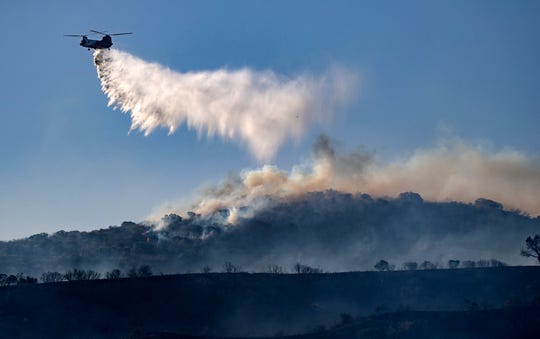
A helicopter drops retardant on the Silverado wildfire off Santiago Canyon Road where fierce winds have caused problems on Monday, Oct. 26, 2020, in Irvine, Calif. (Photo: Mindy Schauer, AP)
This has been California’s worst year ever for wildfires. Five of the six largest fires in the state’s history started in August and September, and collectively they ravaged more than 2,500 square miles — an area roughly the size of Delaware — and killed 22 people.
Despite the break, however, the worst may not be over this year. Just look to the Santa Anas, said David Houck, senior meteorologist for AccuWeather.com. Those winds quickly spread two blazes that broke out last month, one threatening neighborhoods in Irvine and the other residents in Yorba Linda.
A mild Santa Ana wind will reportedly hit SoCal this weekend, but not a lot is expected from it, especially after the recent rains, according to Houck. Still, experts say there is no getting around how the effects of climate change and generally warmer temperatures are lengthening the most intense periods of the year for fires.
As Scott Stephens, professor of fire science at the University of California, Berkeley, put it: “Southern California has had a year-long fire season for years.”
Need a smile? Be sure to watch this video of a donkey running home after surviving a wildfire.
San Francisco bans natural gas in new buildings, starting in 2021
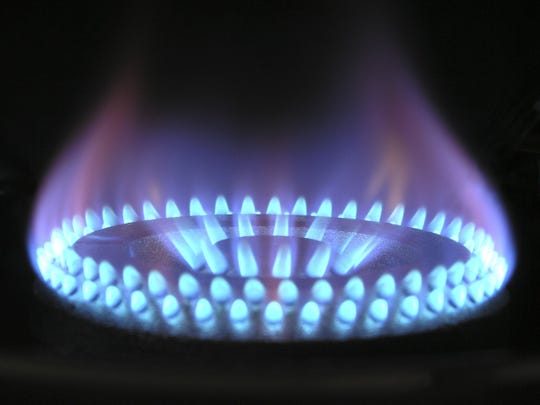
Natural gas emits a large amount of carbon into the atmosphere in the form of both CO2 and methane, which is believed to contribute significantly to climate change. (Photo: pexels.com)
In what Supervisor Rafael Mandelman called “an incremental but important move to help save our planet,” the San Francisco Board of Supervisors voted unanimously Tuesday to ban natural gas in new buildings, effective next year.
The measure hopes to cut the city’s greenhouse gas emissions and improve safety.
Natural gas is thought to be the blame for approximately 40% of San Francisco’s overall greenhouse gas emissions and 80% of building emissions. Mandelman, who introduced the bill, said cleaner, all-electric buildings not only reduce citywide emissions, but are safer and have improved indoor air quality,
The San Francisco Chronicle reports that the legislation “will apply to more than 54,000 homes and 32 million square feet of commercial space in the city’s development pipeline.”
San Francisco sees rise in COVID cases
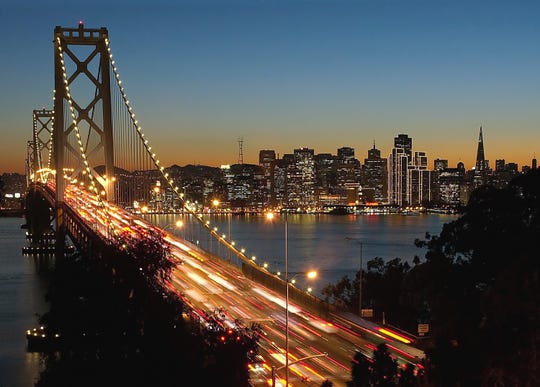
San Francisco is the 16th most populous city in the nation and the fourth most populous in California. (Photo: San Francisco International Airport)
In other Golden Gate City news, officials in San Francisco are alarmed by last week’s significant jump in COVID cases, which was worse than all previous surges.
As a result, the city announced Tuesday a move to shut down indoor restaurant dining, effective Saturday morning. In addition, the number of people permitted inside gyms and theaters will be reduced and high schools will not yet reopen for in-person learning.
Thus far during the pandemic, America’s second-densest city has managed to keep infection rates and total cases much lower than those in other areas in California, in part by taking a conservative approach. For a large numbers of the population, wearing masks has become de rigueur, and — in contrast to SoCal’s approach — the city has been reluctant to reopen businesses and public areas.
But since late October, new daily infections have risen by 150%, which Dr. Kirsten Bibbins-Domingo, chair of UC San Francisco’s department of epidemiology and biostatistics, attributes to “people tak[ing] a few more risks” whenever disease rates get lower.
Officials in San Francisco (the city and county are one and the same) fear that if this surge continues, the city could see its daily total of new infections multiply by 10, meaning the number would leap from 32 cases per day in late October to 300 per day by the end of the year.
“This suggests much broader virus transmission and has the potential to be explosive,” said Dr. Grant Colfax, San Francisco’s public health director, on Tuesday. “If we do not pause and we do not reverse, it is entirely plausible that we will face a situation where our health care system could become overwhelmed.”
Blow out the candles and make a wish
Sen. Barbara Boxer, D-CA, speaks during the 2016 Democratic National Convention. (Photo: Robert Deutsch, USA TODAY)
Nov. 11 birthday greetings go to Barbara Boxer, who served as a United States senator from California from 1993 to 2017, and Los Angeles native and “Titanic” star Leonardo DiCaprio. Happy birthday!
And lastly, a hearty congratulations to Justice Martin Jenkins, who was unanimously confirmed to the state Supreme Court on Tuesday, making him the first openly gay justice. The Mercury News reports that the Commission on Judicial Appointments praised Jenkins for his “brilliant intellect, first-class temperament and boundless humanity.”
In California is a roundup of news from across USA Today network newsrooms. Also contributing: The Mercury News, the Los Angeles Times, the San Francisco Chronicle.
Read or Share this story: https://www.usatoday.com/story/news/nation/2020/11/11/psychedelics-legal-california-and-break-wildfires/6257491002/





